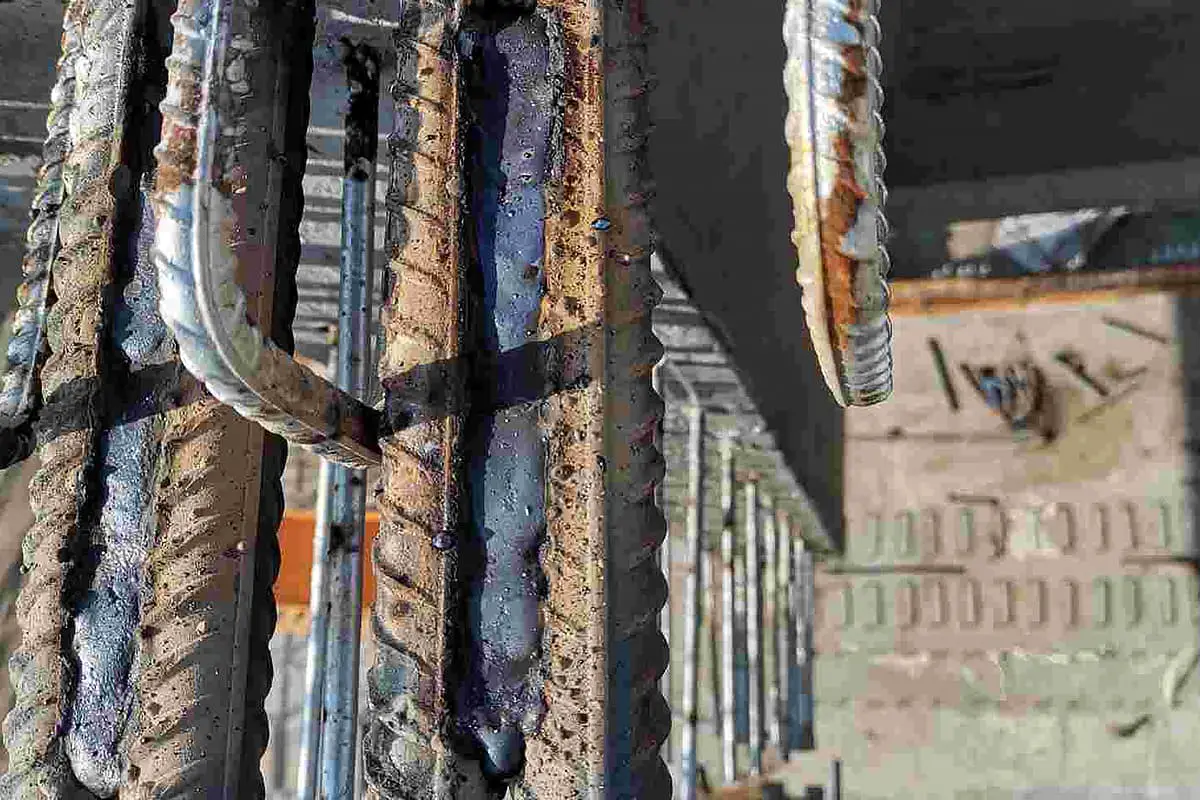Understanding the Causes and Solutions for Undercut Welding in Steel Fabrication Processes
In the realm of steel construction processes, the incident of undercut welding postures a considerable challenge that requires a comprehensive understanding of its causes and feasible services. The complex interplay of different factors during welding procedures can lead to this undesirable phenomenon, impacting the architectural stability and total high quality of the welded joints - Preventing weld undercut. By exploring the origin causes of undercut welding and checking out reliable restorative actions, producers can boost the standard of their workmanship and make certain the manufacturing of remarkable steel parts
Usual Reasons of Undercut Welding
Frequently ignored in metal fabrication, undercut welding occurs due to various elements that demand meticulous interest and expertise to be successfully alleviated. Additionally, improper welding methods, such as using the incorrect welding angle or take a trip rate, can also contribute to undercut development. The selection of welding parameters, such as voltage, current, and wire feed rate, plays a considerable function in the occurrence of undercut welding.
Impact of Incorrect Welding Parameters
Incorrect welding specifications can considerably compromise the integrity and quality of welded joints in metal construction processes. The effect of incorrect welding specifications shows up in different methods, resulting in structural weak points and problems in the welded components. One crucial element impacted by incorrect welding parameters is the penetration deepness of the weld. Not enough heat input because of reduced welding currents or excessively high traveling speeds can result in inadequate fusion between the base steels, leading to incomplete joint penetration and weakened bonds. Conversely, too much warmth input brought on by high welding currents or slow travel speeds can cause too much and burn-through support, producing a brittle and unsteady weld structure. Additionally, inaccurate specifications such as incorrect voltage setups or inaccurate electrode angles can add to irregular weld grain profiles, absence of blend, and increased chances of problems like damaging. Careful attention to welding parameters is extremely important to make certain the manufacturing of top notch welds with the desired mechanical residential or commercial properties and architectural honesty.
Impact of Improper Torch Angle
Inappropriate lantern angle in welding procedures can significantly impact the quality and honesty of the final weld joints in metal construction procedures. The lantern angle plays a critical role in identifying the warmth input and distribution during welding. When the lantern angle is incorrect, concerns such as undercutting can develop. Damaging is an usual welding problem where a groove creates along the weld toe, compromising the joint and jeopardizing its architectural honesty.
A lantern angle that is also steep can lead to not see this page enough infiltration, insufficient fusion, and boosted spatter. On the various other hand, a lantern angle that is as well shallow can lead to excessive penetration, burn-through, and distortion of the base material. Preventing weld undercut. Proper lantern angle is vital for guaranteeing consistent weld top quality, stamina, and look
To avoid undercutting and other defects triggered by incorrect torch angles, welders have to be educated to preserve the proper lantern angle throughout the welding process. Routine monitoring and change of torch angles during welding can aid accomplish audio welds with minimal problems.
Role of Inadequate Welding Strategies

Another facet of poor welding strategies is improper weld preparation. Inadequate cleaning of the base metals, incorrect joint style, or insufficient side prep work can all add to damage welding. Additionally, insufficient shielding gas insurance coverage or making use of the wrong kind of gas can lead to insufficient combination and the development of undercut problems.
To address the role of poor welding techniques in steel browse around here fabrication processes, it is necessary to give extensive training for welders. Appropriate education and learning on welding parameters, joint preparation, and protecting gas selection can help protect against undercut welding and ensure high-quality welds in metal manufacture jobs.
Effective Solutions for Undercut Welding
Dealing with undercut welding in steel construction calls for implementing reliable options to enhance weld quality and architectural honesty. One of the main options to deal with undercut is to adjust welding parameters such as voltage, current, and take a trip rate to make certain proper warm input and fusion. By fine-tuning these setups, welders can protect against excessive melting of the base metal and filler product, reducing the likelihood of undercut formation.
Additionally, click here to read appropriate joint preparation is essential in avoiding undercut. Making certain tidy base steel surfaces free of impurities and using the ideal bevel angle can assist promote much better weld infiltration and reduce the danger of undercut - Preventing weld undercut. Employing ideal welding strategies, such as oscillating the torch or weaving, can also help in dispersing warm equally and filling up the weld joint sufficiently, decreasing the possibility of undercut issues
Additionally, picking the right welding consumables, including electrodes and filler steels, is vital in reducing undercut. Using products with ideal chemical compositions and mechanical buildings can contribute to accomplishing audio welds with very little undercut. Regular inspection and high quality control actions ought to likewise be executed to discover and deal with undercut issues promptly, making sure the general integrity of made steel elements.

Final Thought
In conclusion, understanding the reasons and services for undercut welding in steel fabrication procedures is vital for achieving high-grade welds. By attending to common reasons such as inaccurate welding parameters, incorrect lantern angle, and poor welding methods, welders can avoid undercutting and make certain solid, sturdy welds. It is necessary to focus on these elements and execute efficient remedies to improve the total welding process and end product top quality.